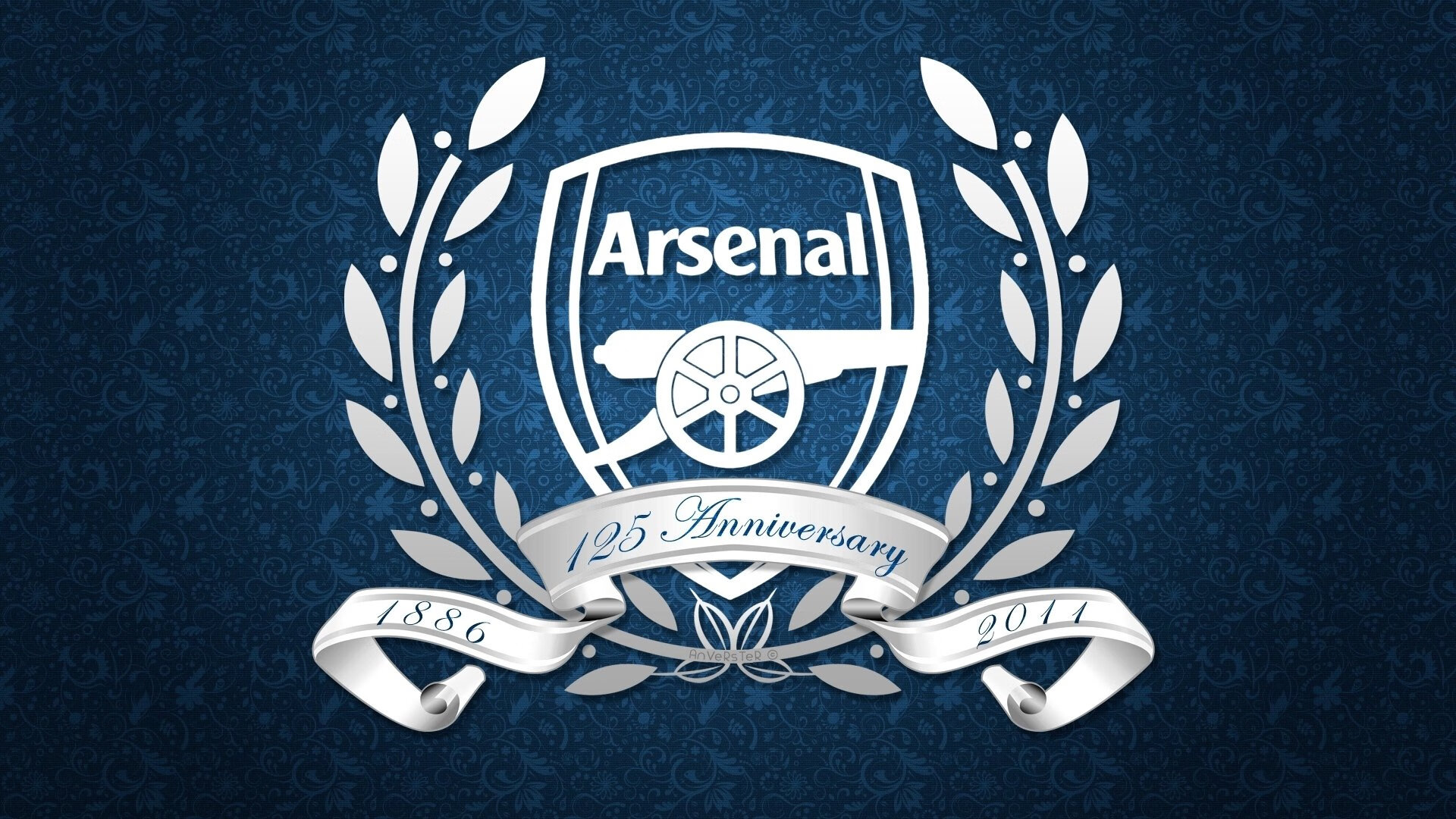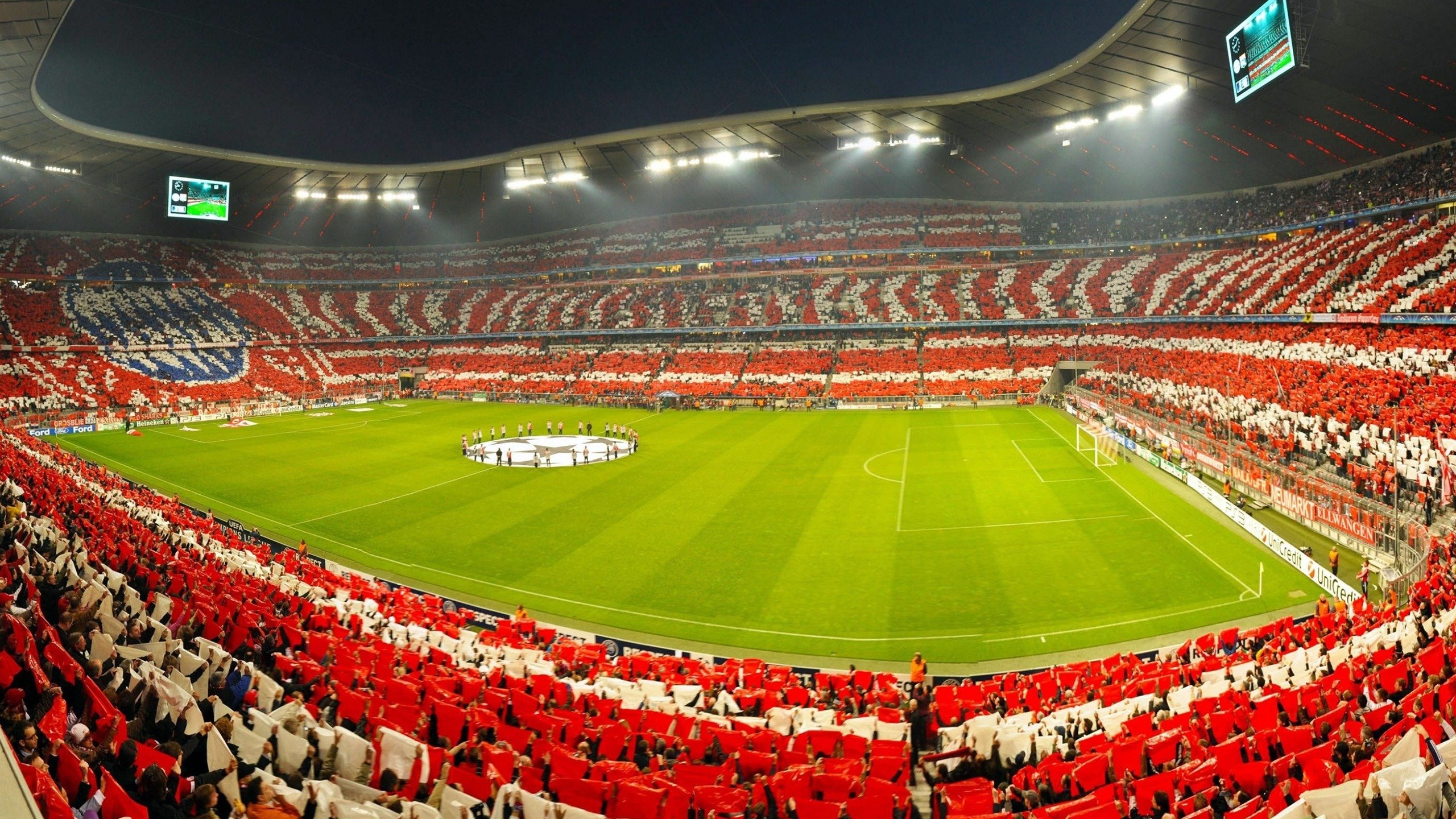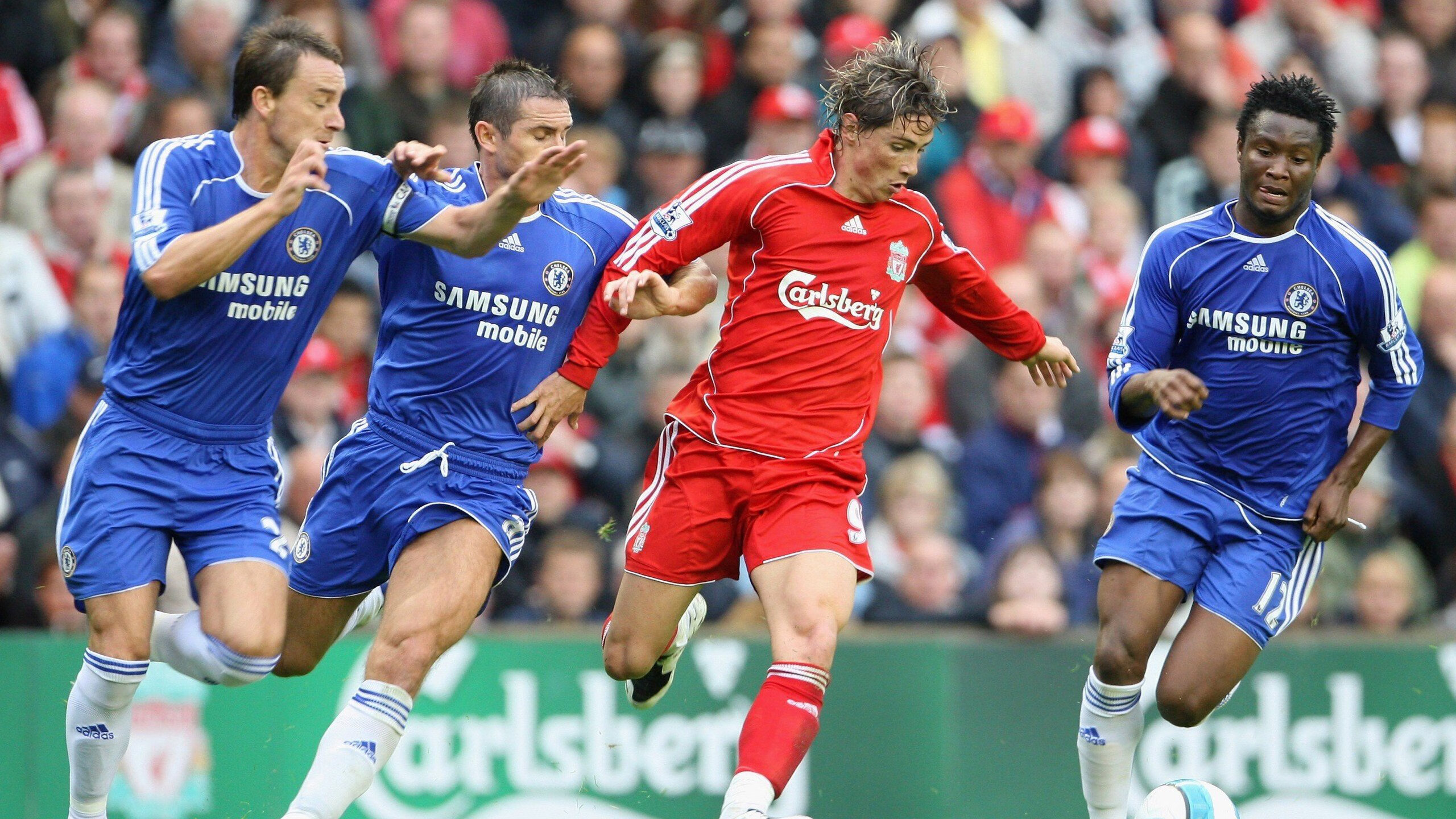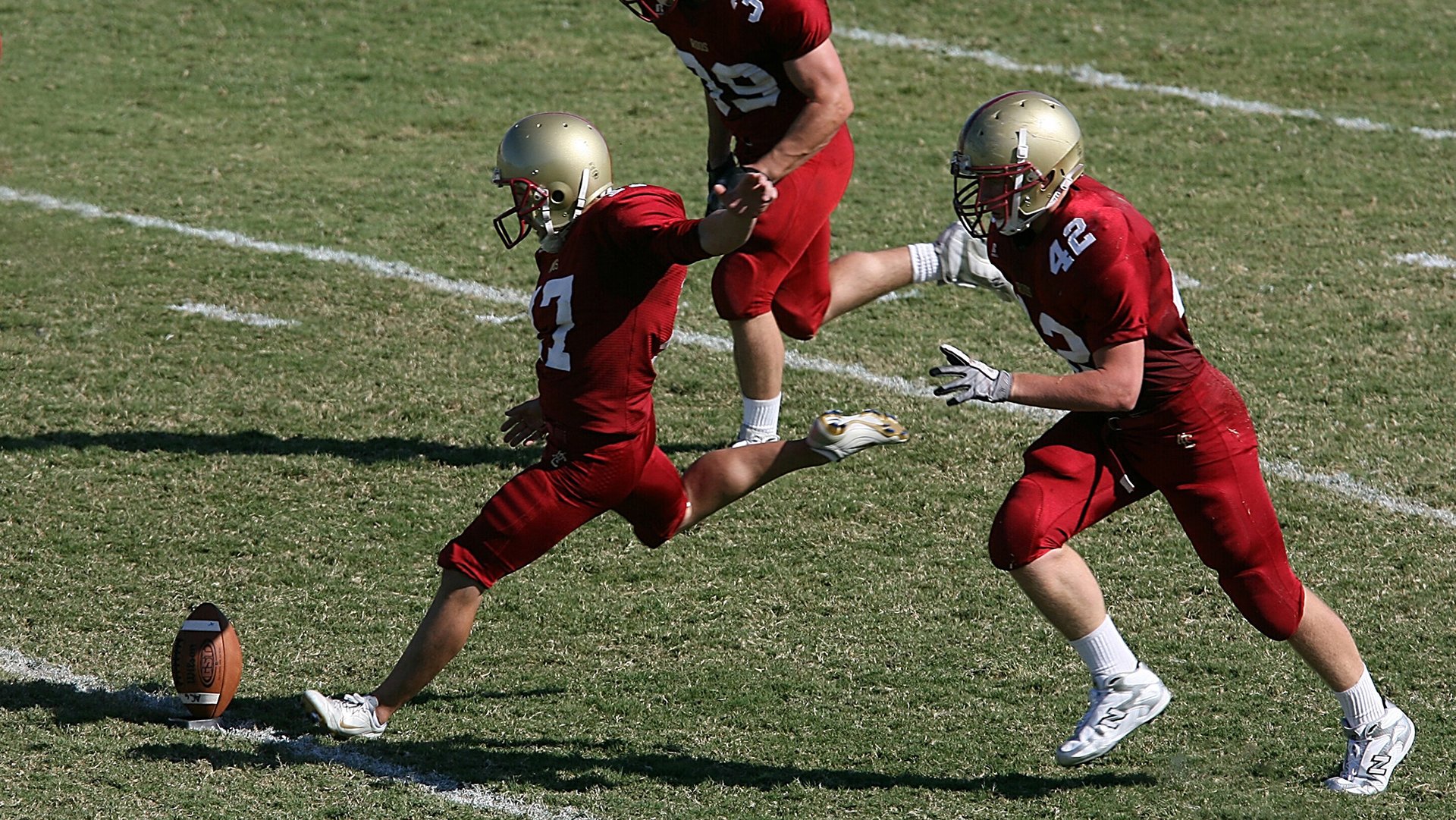Introduction

Danish football has a rich history and is loved by millions across the world. From the successes of the national team to the legendary players that have graced the Danish Superliga, the sport has become an integral part of the Danish culture. In this article, we will take a closer look at the history of Danish football, the structure of the Danish league system, and explore some of the reasons why it has become such a popular sport in this Nordic nation.
The History of Danish Football
Early Beginnings
Football was introduced to Denmark in the late 19th century, with the first recorded game taking place in 1872. It was not until the 1890s that football began to gain more popularity, with the creation of Copenhagen's first football club, Akademisk Boldklub. Over the next few decades, more football clubs were established across the country.
By the 1920s, football had become a national obsession, with the Danish national team achieving some early successes. In 1920, the team won a bronze medal in the Olympic games, and in 1924, they made their World Cup debut.
It is interesting to note that football was not the most popular sport in Denmark at the time, with cycling being the most popular sport among the general public.
The 1980s and 1990s
The 1980s and 1990s were the golden era of Danish football. The national team achieved unprecedented success under the leadership of coach Richard M?ller Nielsen, with the crowning moment being their victory in the 1992 European Championships.
At the club level, Danish clubs also enjoyed success in European competitions, with Br?ndby IF reaching the quarter-finals of the UEFA Cup in 1991, and FC Copenhagen reaching the knockout stages of the Champions League in 2010.
The success of Danish football during this period was largely due to the emphasis on developing young talent, as well as the introduction of professional leagues in the country.
Modern Day Danish Football
Today, Danish football continues to thrive, with the national team competing at the highest level and Danish clubs continuing to make their mark on the European stage. The Danish Superliga remains the top tier of Danish football, with 12 teams competing for the championship title each year.
One of the major challenges facing Danish football today is the retention of young talent, with many of Denmark's top players moving abroad to play for bigger clubs in Europe.
The Danish League System
The Danish Superliga
The Danish Superliga was founded in 1991 and is the top tier of Danish football. The league consists of 12 teams, with each team playing a total of 33 games throughout the season.
At the end of the season, the team with the most points is crowned the champion, while the team in last place is relegated to the second tier.
One of the unique features of the Danish Superliga is the mid-season playoff system, where the top six teams compete in a playoff system to determine the champion.
The Danish 1st Division
The Danish 1st Division is the second tier of Danish football, with 12 teams competing for promotion to the Superliga. The team that finishes first at the end of the season is automatically promoted, while the second and third-placed teams compete in a playoff system with the 11th and 12th placed teams from the Superliga to determine which teams will play in the top tier the following season.
The Danish 2nd Division
The Danish 2nd Division is the third tier of Danish football, with 24 teams split into two groups. The top team from each group is promoted to the 1st Division, while the bottom two teams from each group are relegated to the Danish 3rd Division.
Why is Football So Popular in Denmark?
Football has become such a popular sport in Denmark for many reasons. One of the most significant factors is the success of the national team, which has brought a sense of pride to the country's footballing culture.
Another factor is the emphasis on youth development, with many clubs placing a strong emphasis on nurturing young talent and developing them into successful players.
Football also provides a sense of community for many Danes, with local football clubs often acting as a hub for social activities and events. This sense of community has helped to strengthen the popularity of football in the country.
Finally, football has become a way for Denmark to connect with the rest of Europe and the world, with Danish clubs and the national team competing at the highest level and representing the country on the international stage.
The editor says: Danish football has a rich history and has become an integral part of Danish culture. From the successes of the national team to the young talent being developed in the Danish Superliga, football continues to thrive in Denmark. Its popularity can be attributed to a number of factors, including the success of the national team, a strong emphasis on youth development, and the sense of community that football provides for many Danes.










暂无评论
发表评论